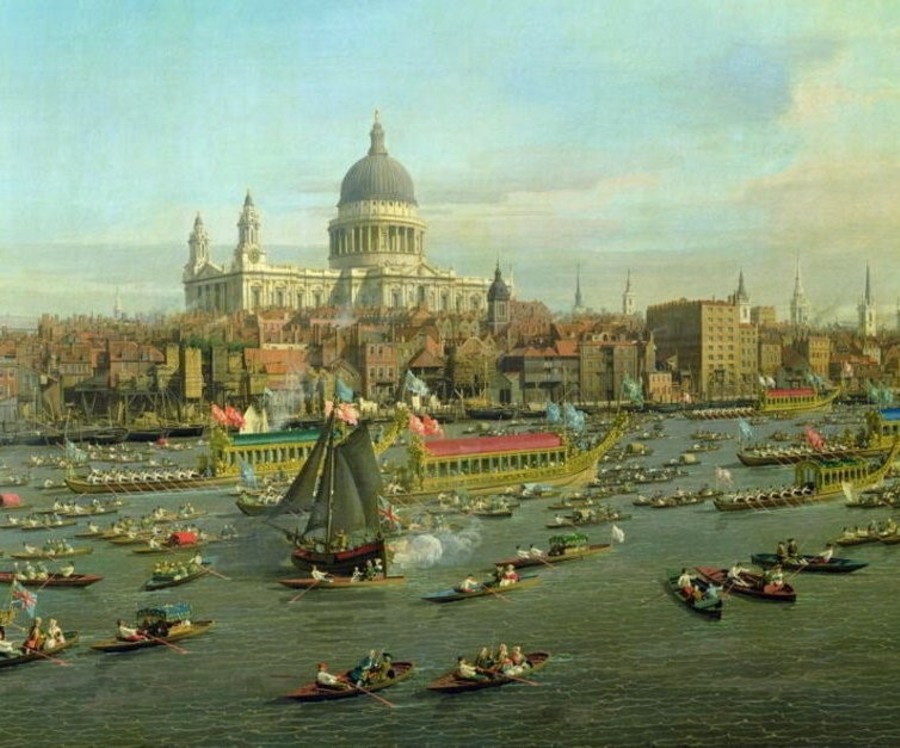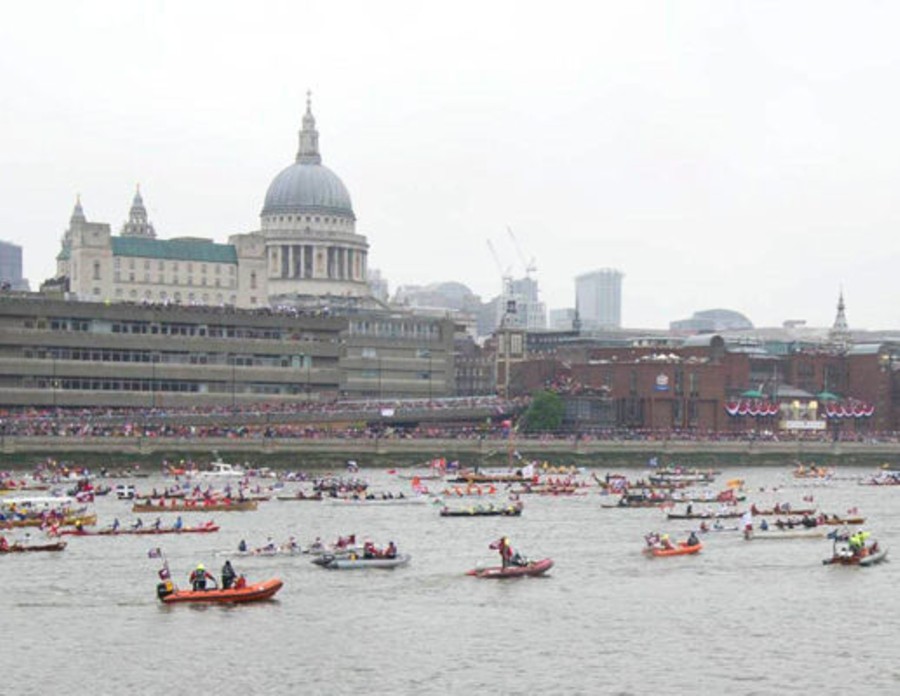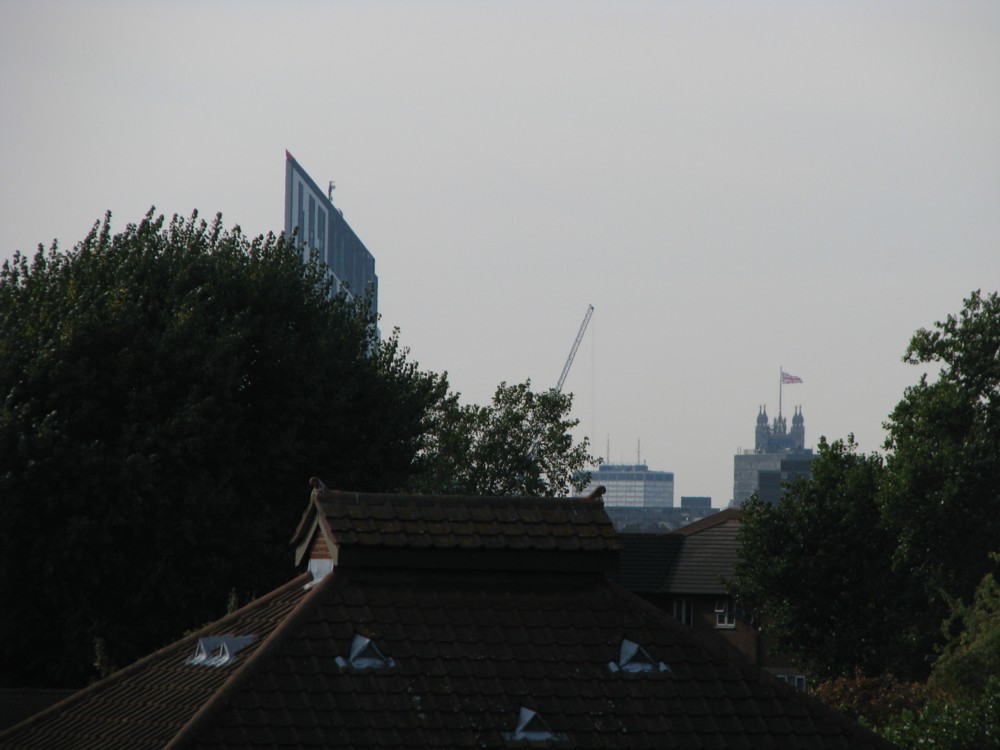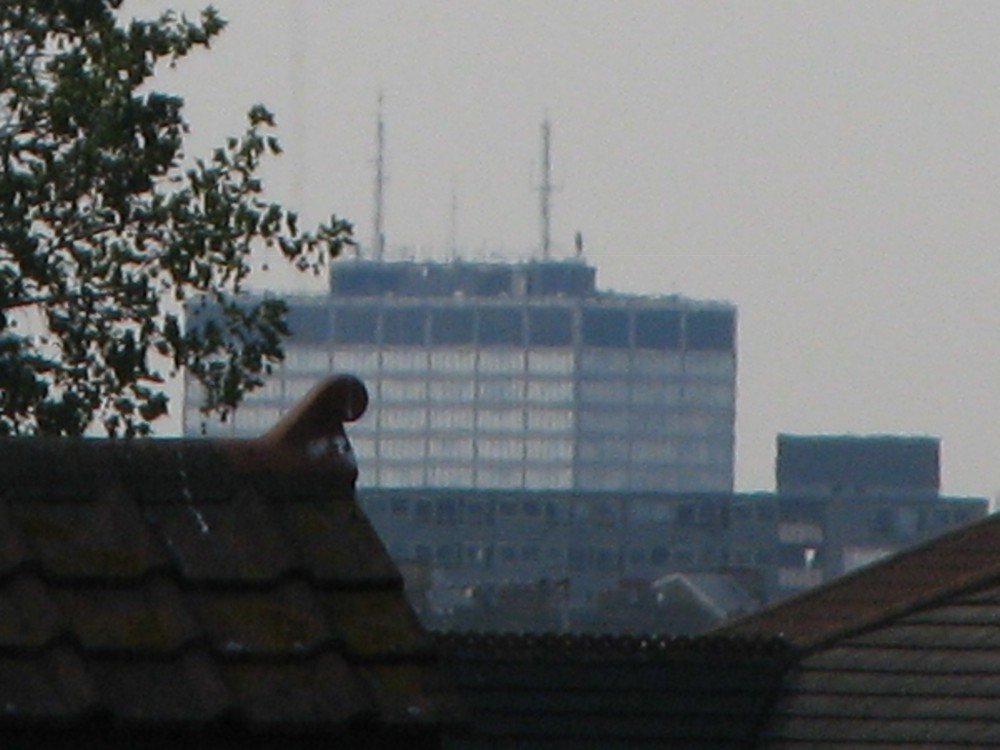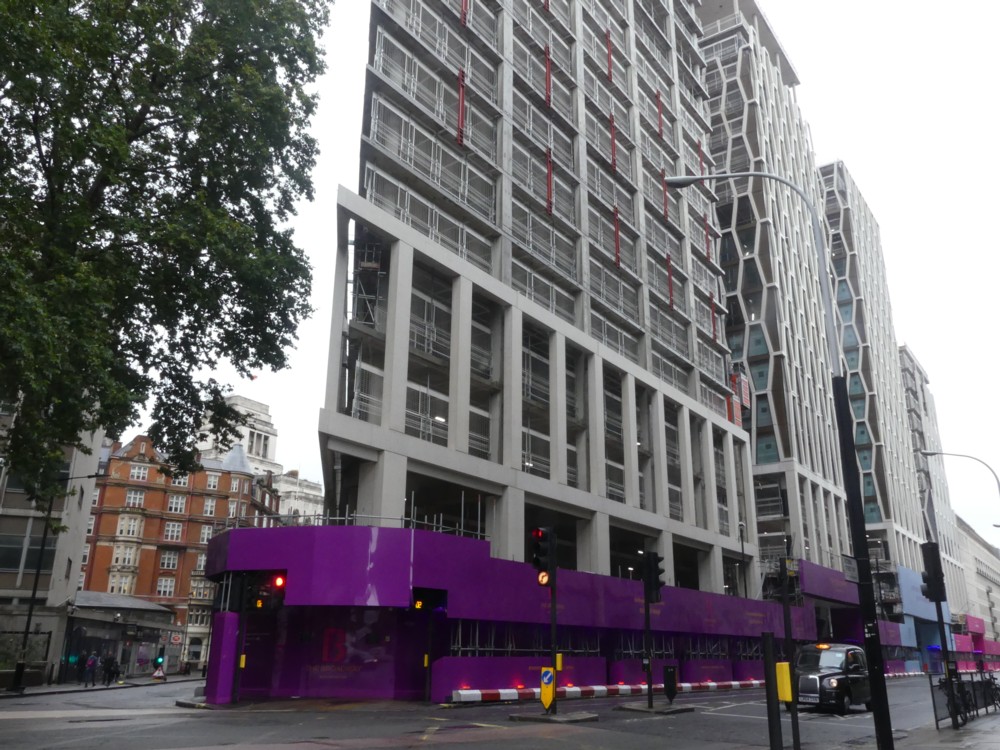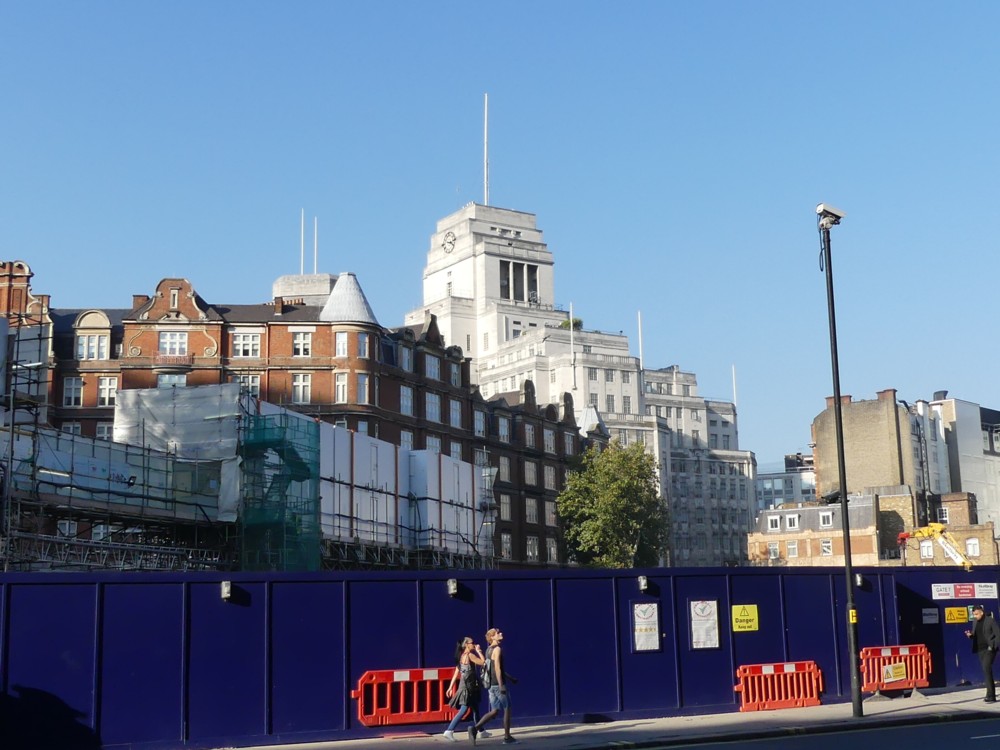Towards the beginning of Lockdown, I was bingeing on Haydn symphonies. And I did that posting pretty much so that I could remember having done this. I don’t suppose many of my mere readers even read that posting.
Now here’s another posting about another classical music binge I am still not entirely finished with, again, so that I at least can have a record of this binge having happened and what triggered it. This recent binge began as a mere attempt to have another binge, which can be interesting, but which is not the real thing. I would binge, I decided (you don’t decide these things – they decide you), on the piano music of Franz Schubert.
 However, this pseudo-binge became genuine when I listened to the CD by pianist Christian Zacharias the cover of which you now see to your right. I had found myself concentrating not on Schubert’s piano sonatas, but on the smaller pieces, with titles like Dance (of some sort), or Moment Musical, or Impromptu. And I was finding the first of the “other pieces” on this disc, the one described as “Sechs Deutsche D820”, particularly diverting, not least because I don’t recall ever having heard it before. I must have played this CD through when I first bought it, because I play through all the CDs I buy, but that piece at least left zero impression on me.
However, this pseudo-binge became genuine when I listened to the CD by pianist Christian Zacharias the cover of which you now see to your right. I had found myself concentrating not on Schubert’s piano sonatas, but on the smaller pieces, with titles like Dance (of some sort), or Moment Musical, or Impromptu. And I was finding the first of the “other pieces” on this disc, the one described as “Sechs Deutsche D820”, particularly diverting, not least because I don’t recall ever having heard it before. I must have played this CD through when I first bought it, because I play through all the CDs I buy, but that piece at least left zero impression on me.
But, probably because when it had finished playing it I couldn’t be bothered to get up and change it, I started listening to this CD again from the start. And the second movement of the big piano sonata that the CD is mainly devoted to, the one snappily entitled “D959”, really got my attention. This movement begins with a gently conventional tune. But then, after about two and a half minutes, perhaps because Schubert was a dying man and he knew how this felt to him, it starts to veer off into a strange parallel universe, all of it composed by Franz Schubert, but sounding more like the arrival of a demonic anti-Schubert from the future, who shoves real Schubert off his piano stool and instead starts improvising around the theme that real Schubert had been playing, with ever more oddity and ferocity and lack of good taste, culminating in passages of such manic brutality that it sounds more like some fifth-rate failure of a late twentieth century German would-be classical composer whose only means of attracting any attention is to take a masterpiece from the established repertoire and smash it to pieces, and then con Deutsche Grammophon into making a recording of resulting mess, which is bought by gullible idiots, or by people like me because it’s in the £1 box on the floor of my favourite second-hand CD shop, and we all then listen to this derangement once and never again. This bit of genuine Schubert really is that deranged.
The illustration above on the cover of that CD, ought to include an angel of death, or some such thing, in the background of that cosy domestic scene.
Here is how expert music critic Misha Donat describes this movement and this extraordinary episode in the middle of it, in the sleeve notes that he wrote for this Mitsuko Uchida box of Schubert Piano music:
Like several of Schubert’s late slow movements, it has a more dramatic middle section; but never did he conceive a more astonishing outburst than occurs at the heart of this piece. It is a moment that offers a vision of wild despair, if not actual madness, and its impassioned style anticipates the keyboard writing of a much later generation of composers.
So it’s not just me that is astounded by this extraordinary musical moment.
If you want to hear what I and Donat are writing about, here is a video of Alfred Brendel playing this amazing movement, which lasts about eight minutes in all by the time it has almost (but never quite) calmed down again. I have already gathered up every recording I have of it, and am listening to it again and again.

